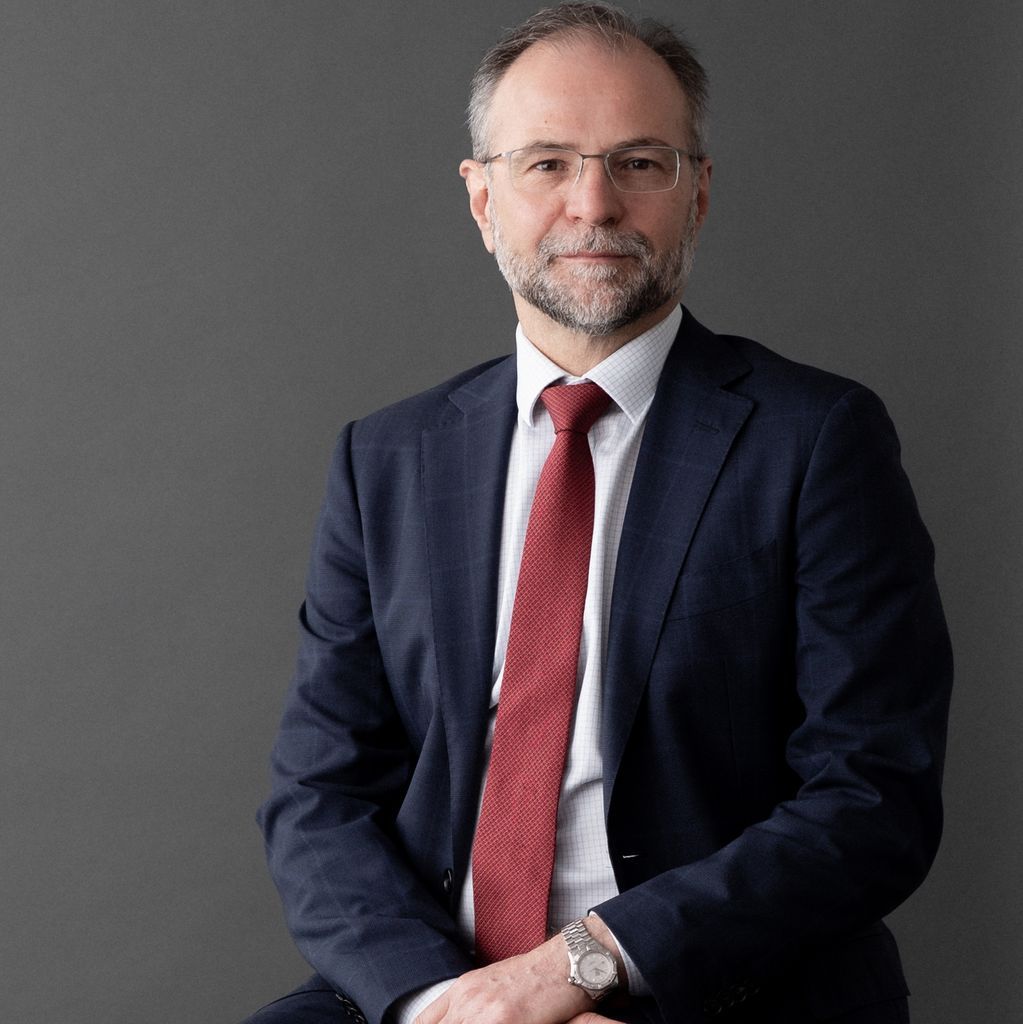

Pic: Midjourney
Editors' Note: Many Fast News images are stylised illustrations generated by Dall-E. Photorealism is not intended. View as early and evolving AI art!

Rate cut on the cards,
Homeowners watch and wait,
Economy's hard.

Bendigo Bank's chief economist predicts rate cut for Aussie homeowners
David Robertson, Chief Economist at Bendigo Bank, has predicted a rate cut for Australian homeowners within the next six months. He expects the Reserve Bank of Australia's (RBA) easing cycle to commence around May. However, he does not anticipate a rate cut this December, and even a cut in February would require several factors to align favourably.
Robertson stated, “The RBA easing cycle remains on track, but still appears most likely to start around May,” and added, “Unfortunately for Aussie homeowners, there doesn’t seem to be a Christmas surprise in store, with no real prospect of a cut this December. And even a cut in February will need several factors to fall favourably.”
The interest rate is predicted to be around 3.5% this time next year, potentially resulting from a 35-basis point cut in May followed by two quarter per cent reductions thereafter. The election of Donald Trump as US President is expected to impact global markets and geopolitics, which could influence these predictions.
“While the Reserve Bank predictably stayed on script this week, holding cash rate at 4.35%, the election of Donald Trump as US President is set to shake up global markets and geopolitics,” Robertson said. “With the return of President Trump, we will likely see an impact on exchange rates via higher bond yields, with markets expected to rethink the depth of easing cycles ahead.”
The Aussie Dollar, having reached a high of around 69 ½ US cents a month ago, is sharply lower, well below 66 cents. The RBA does not expect underlying inflation to sustainably reach their target until 2026. The market yield curve is now fully pricing an RBA rate cut by May 2025, but with only around a 40% probability by February.
Robertson explained, “As a result, the market yield curve is now fully pricing an RBA rate cut by May 2025, but with only around a 40% probability by February, which matches our unchanged view that May is more likely, but also is a good reminder the easing cycle is still on track, especially after the latest inflation numbers.”
The next set of quarterly figures, expected in late January, will be the next big test for the RBA to reduce rates sooner than May. Job vacancies have been weakening, so the unemployment rate would normally rise as a result - but this correlation is yet to emerge. The RBA’s latest forecasts only have unemployment rising to 4.3% in the coming months and then no higher than 4.5% for two years, while Bendigo Bank forecasts have a sharper rise to 5% over the next 12 months.
“Of course, there are other factors to consider that will be highly influential, including the path ahead for jobs. Tight labour markets remain a two-edged sword. We have a remarkably resilient, low unemployment rate and still labour shortages, but a lower unemployment rate than the RBA would consider consistent with relaxing policy while inflation is above target. So, a rise in unemployment between now and February would change this equation,” Robertson concluded.










